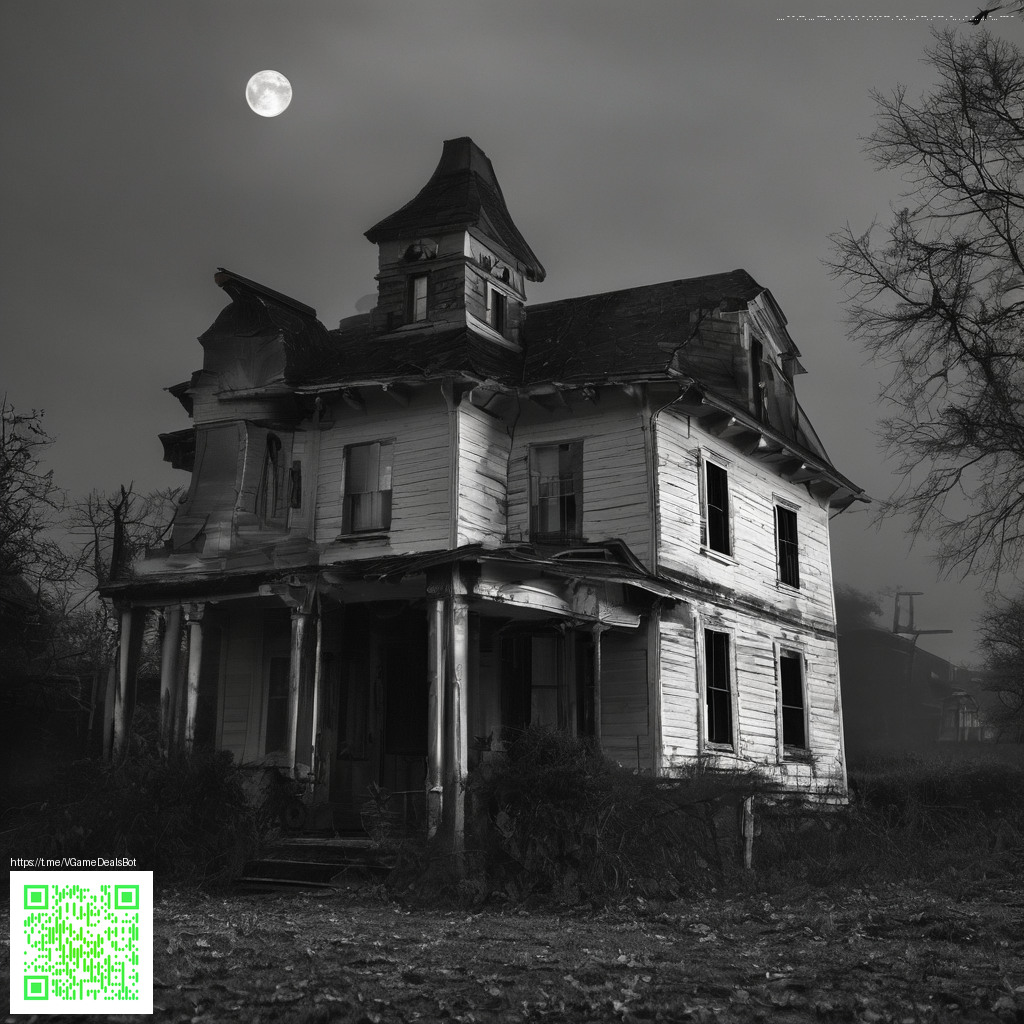
Understanding Paper Realism Through Noise
In the realm of digital design and print proofing, convincing paper realism hinges less on color tweaks and more on texture. Advanced noise algorithms give you a palette of micro-variations that mimic the tactile feel of real sheets: the fine grain of pulp, the subtle speckling from fibers, and the way light dances across a surface with slight irregularities. By moving beyond uniform textures and embracing controlled randomness, you can craft materials that read as tactile even before a test print is produced.
From Simple Noise to Rich Microstructure
Most artists start with basic noise, but real paper texture emerges when you layer multiple noise patterns and tailor their characteristics to the scale of your work. Consider how different noise models contribute to distinct aspects of the surface:
- Perlin and Simplex noise: smooth, natural gradients that form the base grain without obvious tiling artifacts.
- Worley (cell) noise: creates irregular speckle patterns that resemble fiber clusters and specks in handmade or recycled papers.
- Fractal Brownian Motion (fBM): stacks of noise at varying frequencies to simulate how fiber density shifts across a sheet.
- Blue noise: ideal for halftone renderings, reducing banding while preserving edge definition.
- Directional noise: introduces subtle fiber orientation, giving a sense of grain direction under different lighting angles.
Balancing these components—frequency, amplitude, lacunarity—produces a nuanced microstructure. A high-frequency sprinkle of blue noise adds sparkle to highlighted edges, while low-frequency layers carry the broad texture of the paper body. When you blend them thoughtfully, the result bridges digital precision with the organic feel of real stock.
“The most convincing paper texture emerges when randomness is bounded by intent: the texture feels natural because it responds to scale, lighting, and intended print method.”
In practical terms, this means you’re not simply applying a texture; you’re orchestrating a texture that interacts with shading, color, and translucency. The goal is to evoke the sense of depth and micro-contrast you’d observe in a physical sheet under a desk lamp or in a print proof with raking light. The more your noise layers react to underlying geometry, the more authentic your result becomes.
Applying Noise at Different Stages
To translate these ideas into a workable workflow, think about how texture, color, and light combine in your project. A typical approach might involve:
- Generating a base noise field aligned with the intended print resolution to set the grain scale.
- Layering additional noise channels for fiber direction and speckle variation, then modulating their intensity across the surface.
- Combining noise with subtle color shifts to reflect paper color variations and ink absorption.
- Applying the texture to a normal or displacement map if you’re simulating lighting interactions in 3D or for embossing effects in print proofs.
- Testing at multiple print resolutions to ensure the texture remains believable from thumbnails to full-size proofs.
As you refine the parameters, keep an eye on perceptual cues: grain consistency, edge softness, and how the texture interacts with highlights. A well-tuned noise model will reveal its sophistication only when observed under different viewing angles and illumination conditions.
A Practical Setup: Tools and Peripherals
In the studio, your physical workspace supports your digital experiments. For example, pairing your design rig with a reliable, tactile desk accessory can keep swatches, notes, and proofs within easy reach during iterations. Consider a compact, colorful desk pad that stays put during long sessions and provides a smooth surface for sketching ideas. Neoprene Mouse Pad Round Rectangular Non-slip Colorful Desk Pad fits this role well, offering comfort and durability as you compare texture samples side by side with your digital tests.
Similar Content
Page reference for related explorations: https://01-vault.zero-static.xyz/index.html